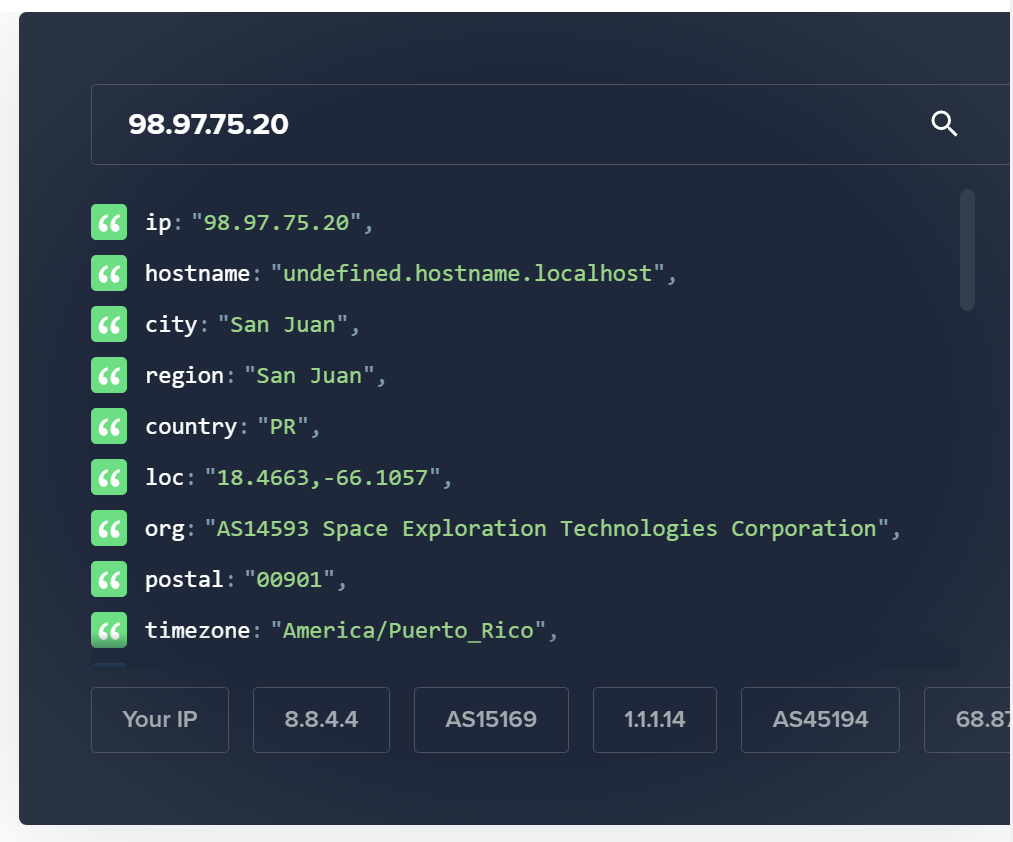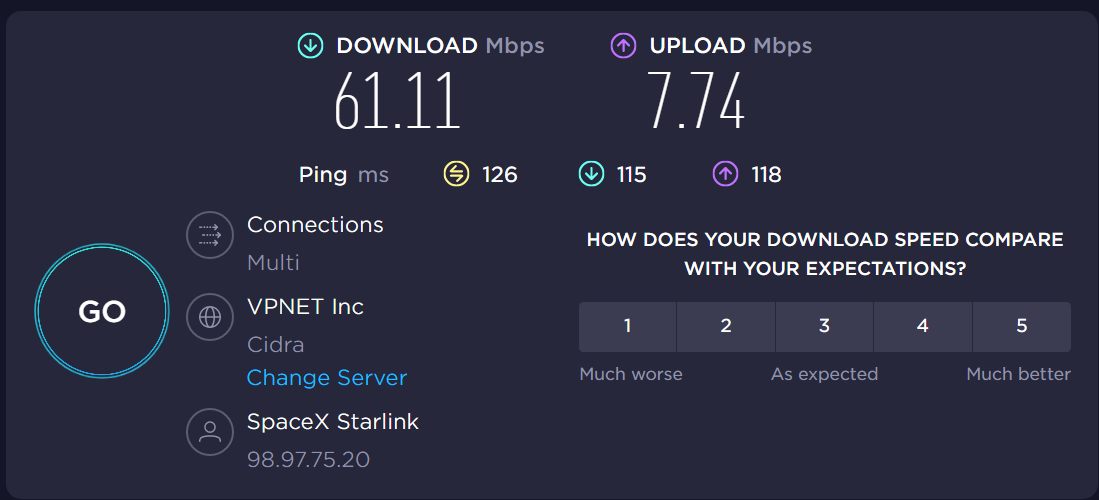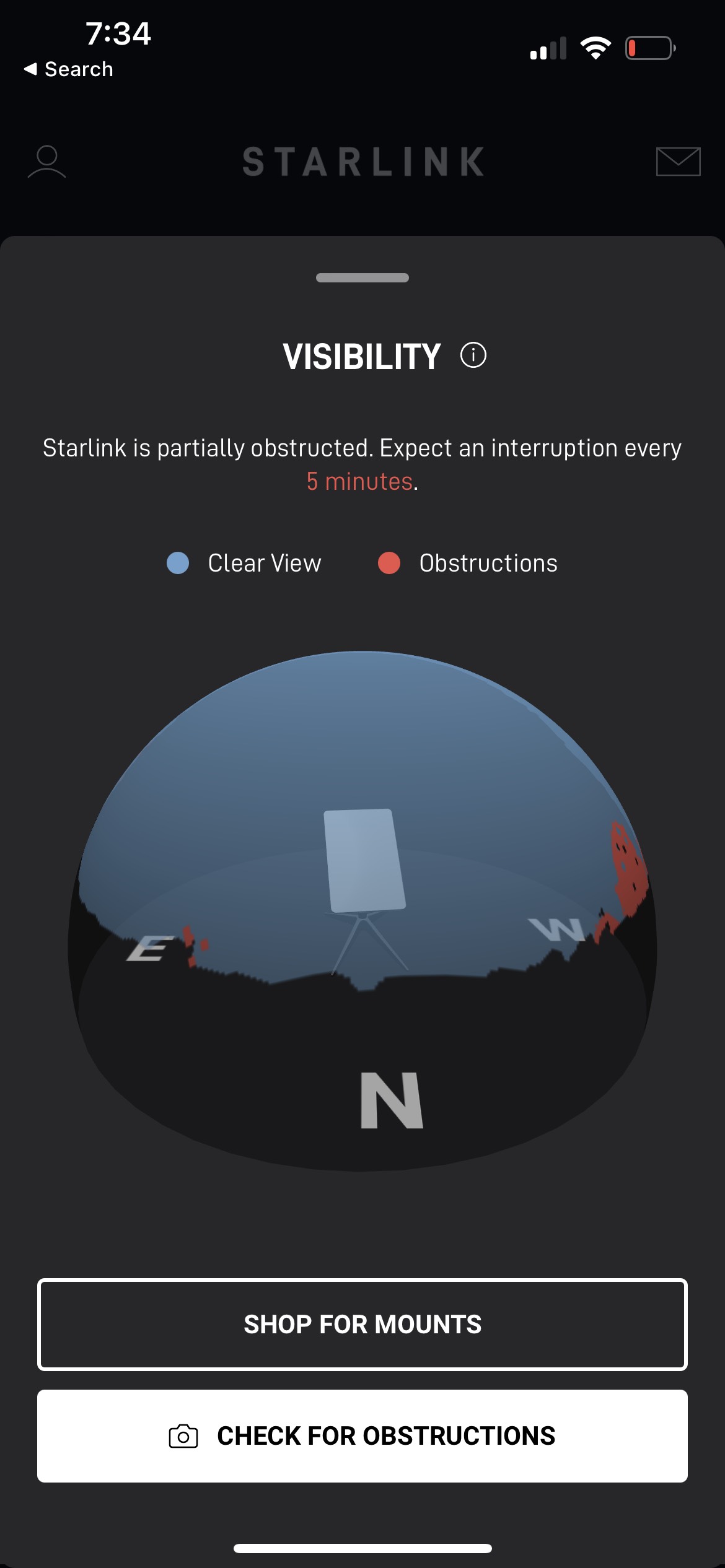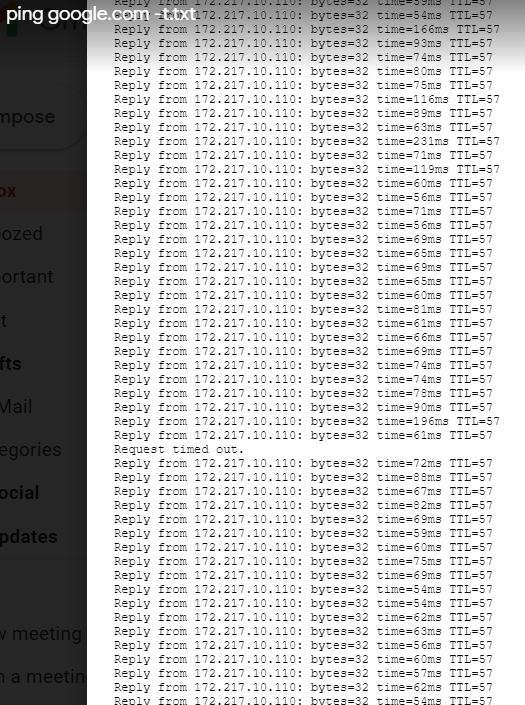Intro
Many of us were quite enthusiastically awaiting the availability of SpaceX’s Starlink Internet service. On paper it sounded promising. the first results came in and the reality was far less impressive, but the update I got yesterday (July 2023) is that the service got better and better.
July 2023 Update
I guess they continued to add more satellites making the coverage better and better. When there is an outage it is only for a second – short enough for even real-time media to easily recover.
The original post, written when the service was newer, is below.
The details
I do not have this service but spoke with someone who does. He lives in Puerto Rico where the broadband option are limited. There’s the local cable company, then maybe some boutique services where you use microwave dishes, and this year, finally, Starlink. He had just a couple users on it. I think the net results are that it basically works, but with a big caveat. It sucks for real-time communication. And that’s precisely what he needed it for.
So you know when you’re streaming a movie, that downloads the movie in six(?) second chunks, so it’s a bit robust in the face of brief outages. But when you’re doing web conferencing an outage is very noticeable. And that’s what they experienced, time and again. Brief outages that interrupted their real-time applications. Perhaps lasting for a few seconds, but enough to spoil the broadcast.
Then one night, knowing their cable provider, Liberty, was out, they tested it again. It seemed fine at night. But during the day next day it failed in the same way – brief, disruptive outages.
Maybe some of it is due to holes in the satellite coverage and will get better as the fleet fills out. We’re not sure at this point.
And, yes, the dish was placed in a place where the app showed something like 98% visibility to the satellites in the sky.
Some interesting screenshots of what a Starlink IP looks like in Puerto Rico



That speedtest looks quite good to me!


A few words from the actual user
Liberty Cable is not working even after a change of the cable modem. So this past two weeks his household has been exclusively using Starlink. In his own words:
“The single most important thing to consider when using Starlink is how obstructed your northern facing view of the sky is. I am attaching a screenshot from my Starlink app. The red shows the obstructed area. My placement is 2.5% obstructed but I still get an interruption every 4 minutes the app says. In reality it might be every 20 minutes for a few seconds.
“While my Liberty service has been out Starlink has been a life saver for us. A second user can still do her video calls but it will freeze during those 20-ish minute intervals for a few seconds. It’s not the end of the world for her but not totally idea.
“For me, my VPN will disconnect for those same few seconds and then will reconnect. If I’m entering a trade that can be a crucial few seconds while my vpn and software reconnects, but it’s workable.
“The Starlink app is free and available for everyone to use. I would suggest that anyone who is interested in the service to first download the app and scan the sky where they think they have the freest point of view north. They will only get purely uninterrupted service if the app registers 100% obstacle-free view. The properties that are most suited for Starlink are the ones at the top of a hill, with a field, or a roof taller than the surrounding trees, especially the trees to the north. An obstructed view like mine is perfectly suitable for streaming movies as they tend to buffer a few minutes in advance, downloading files, and surfing the web. Without a completely obstructed view of the sky, video calls, VPN connection, Remote desktop connection, and online gaming will be interrupted in a frustrating manner.
“I am also attaching a text file of my results from running a ping -t to google.com from my Starlink connection. This test ran for about 25 minutes. The request time outs are the times when the Starlink satellite was not able to connect due to my obstructions. However, also notice that during these times it only lost 1 ping and was immediately able to reconnect. Again, somewhat frustrating but it’s a usable product.
And during Hurricane Fiona?
Starlink performed like a champ during the hurricane. I assumed that coverage would be spotty during the drenching downpour but the user said no he was streaming Netflix. It was just a little more spotty than usual. Now that the island is without power as I write this, his Internet service is as good as usual and the day after the hurricane was a normal (remote) work day like any other.
Conclusion
Don’t throw away your cable modem*. In general as of this writing in June 2022, Starlink is a good solution for those working from home, but be prepared to be bumped every 20 minutes or so from your video conferencing or other real time uses. And of course it’s good for surfing the web or on-demand streaming.
I don’t cnosider this the final word however. There’s still hope. I’ll update this post if the quality of service ever improves.
*Unless you’re one of the many whose cable modem service isn’t all that great to begin with.
References and related
https://en.wikipedia.org/wiki/Starlink
This is a fascinating article providing insight into how the StarLink network of satellites is being built and the problems that can occur: https://www.msn.com/en-us/news/technology/destruction-event-from-sun-annihilated-dozens-of-spacex-satellites/ar-AA11TIwE?ocid=winp1taskbar&cvid=4c9b1b5306484cdcd2ab6bf99748bf01